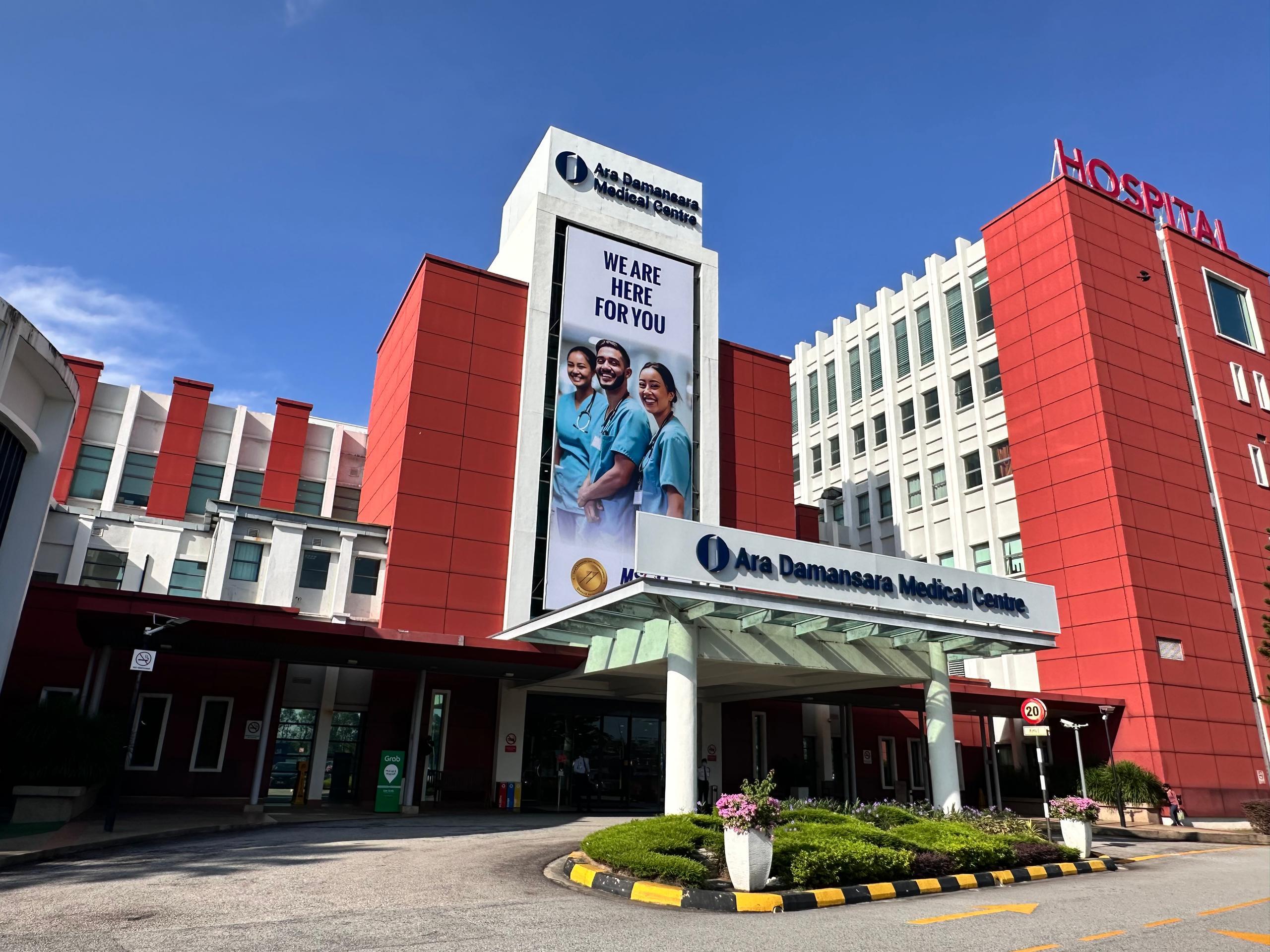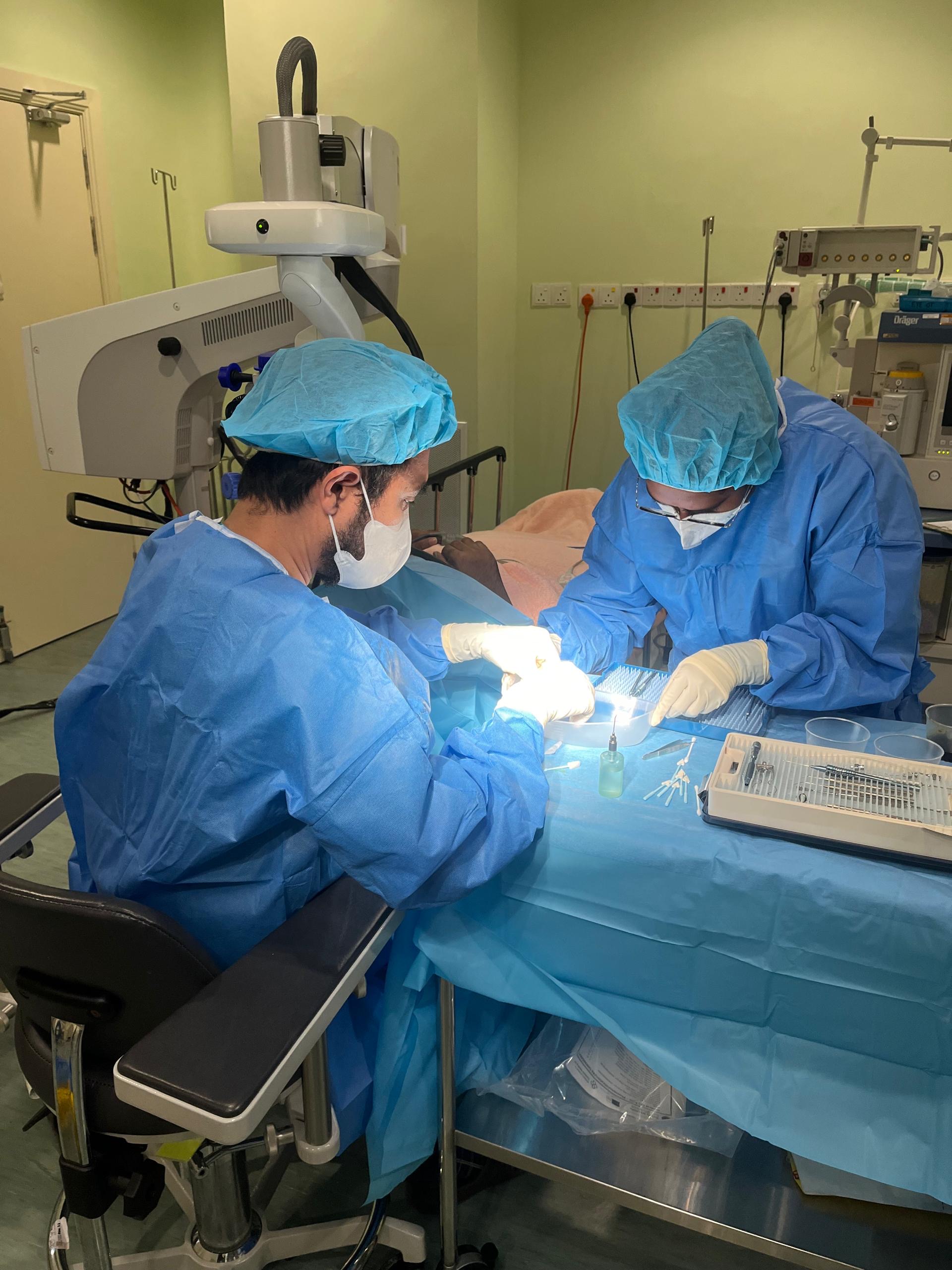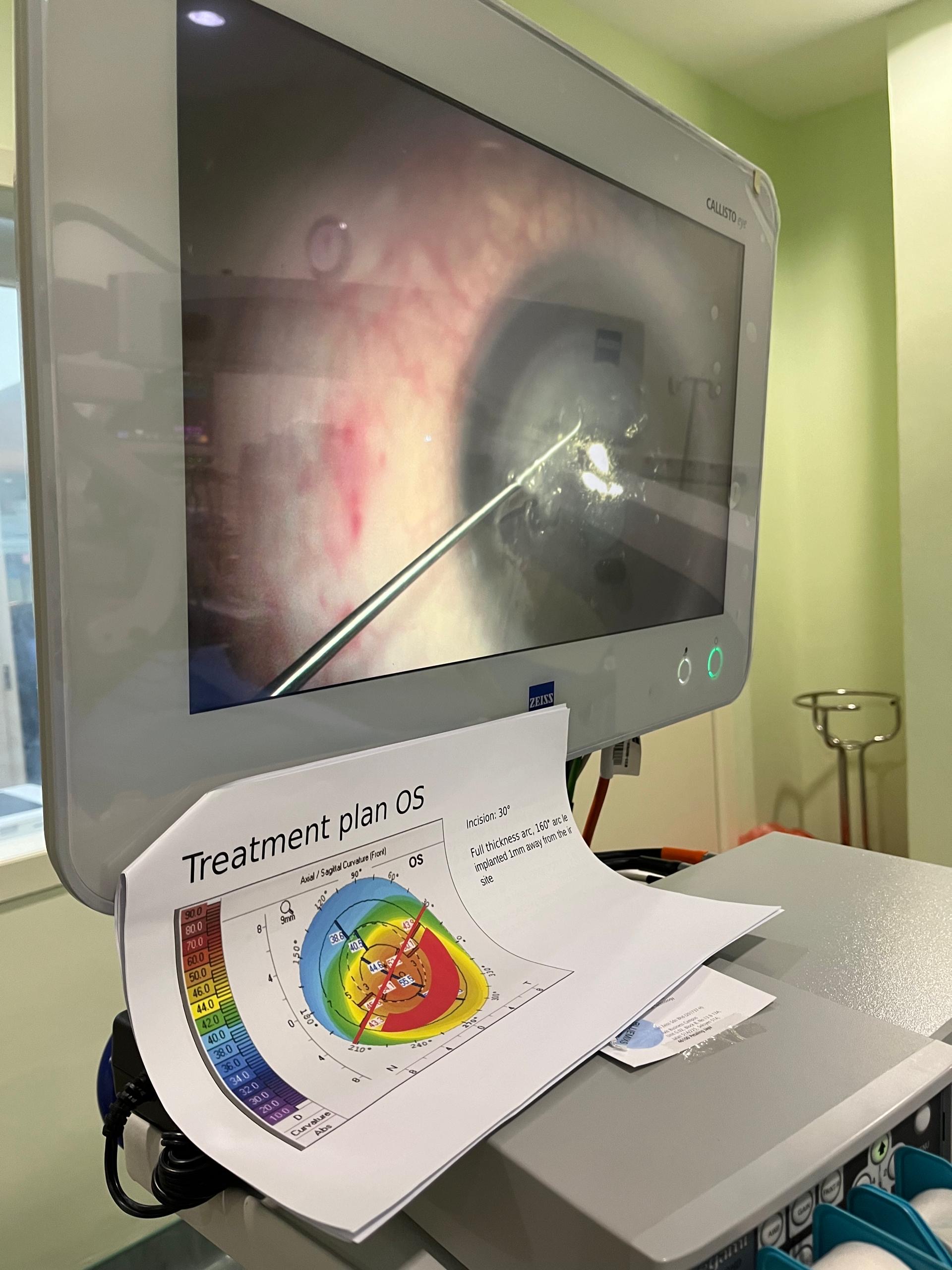A BREAKTHROUGH FOR PATIENTS WITH RARE EYE CONDITION AT ARA DAMANSARA MEDICAL CENTRE

Malaysia and Southeast Asia’s First Corneal Allogenic Intrastromal Ring Segment (CAIRS) Surgery Using KeraNatural
A new and innovative procedure at Ara Damansara Medical Centre (ADMC) is offering renewed hope to individuals affected by keratoconus, a progressive eye condition that can severely impair vision. Using KeraNatural, a sterilised donor corneal tissue, it was successfully performed on 10 July 2024 and became Malaysia’s and Southeast Asia’s first Corneal Allogenic Intrastromal Ring Segment (CAIRS) surgery.
Keratoconus is a condition where the cornea, the clear outer layer of the eye, gradually thins and begins to bulge into a cone-like shape. This distortion can lead to significant visual impairment, making daily tasks challenging for those affected. The condition affects approximately 1 in 2,000 individuals and typically emerges from late childhood to early adulthood. It may be more prevalent in specific ethnic groups, such as those of Asian descent. Although treatments traditionally include rigid contact lenses, corneal cross-linking, and in severe cases, corneal transplants, these methods often come with limitations and risks, leaving patients with few effective options.
A New Approach to Keratoconus Treatment
The introduction of CAIRS using KeraNatural is an innovative procedure which involves implanting segments of donor corneal tissue within the stroma, the middle layer of the cornea. The goal is to flatten the cornea, thereby improving the patient’s vision and offering a more sustainable alternative to other treatments.
“CAIRS represents a breakthrough in our ability to treat keratoconus. By using KeraNatural, we are not only providing a new treatment option but also offering hope to patients who may have been told that nothing more could be done for their condition,” explained Dr Ainur Rahman, a Consultant Ophthalmologist and Corneal Surgeon. “Unlike LASIK (laser eye surgery), which isn't suitable for keratoconus patients due to their weaker and thinner corneas, CAIRS is a safer and more effective option.”
According to Dr Ainur, while keratoconus is not hereditary, it is a condition that is common but underdiagnosed in Malaysia. It is often linked to factors like eye allergies and frequent eye rubbing, which can worsen the condition. People with keratoconus are usually sensitive to glare or light, and when they check their vision, it often appears normal. As a result, they might mistakenly believe they need better spectacles rather than realising they have an underlying issue, leading them to consult an eye specialist to uncover the actual problem. This highlights the importance of early detection and treatment to preserve vision.
The Challenges and Inspiration Behind CAIRS
“It opened up a new avenue for treatment that we are now seeing come to fruition with the help of advanced techniques and materials like KeraNatural.” However, conducting such surgeries in Malaysia is challenging. One significant hurdle is the limited availability of donor corneas. “Corneal donation is not as common in Malaysia as in other countries, which makes surgeries like CAIRS even more special,” Dr Ainur shared. “Each donor cornea is a precious resource that can change a patient’s life, and we must use it wisely.”
A Bright Future Ahead
“This is not just a medical achievement; it’s a proof of the innovation and expertise within Malaysia’s medical community,” Dr Ainur said. “We are paving the way for more innovative procedures that can make a real difference in patients’ lives.”
Dr Ainur's take home message is to be aware of these symptoms: blurred vision, excessive glare, light sensitivity, and poor vision that cannot be fully corrected with glasses. A delayed diagnosis could result in the necessity of a corneal transplant, which, like any transplant, carries risks such as infection, rejection of donor tissue, and a lengthy visual rehabilitation process.
As CAIRS with KeraNatural continues to gain recognition, it may soon become a standard treatment for keratoconus, offering hope to many who suffer from this challenging condition.






